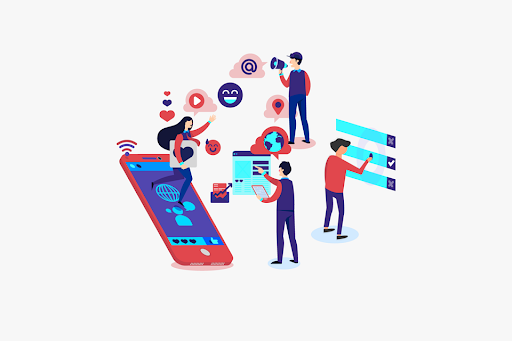How to create a healthy work-life balance
There is plenty of evidence that demonstrates how stress and overwhelm in the workplace can actually make you less productive, but sometimes the demands placed on you are difficult to bear. While generally workplaces are switched on to well-being initiatives, and a good, forward-thinking organization will have systems in place to support you, there are plenty of strategies you can follow off your own initiative to help you achieve a better work-life balance, and ultimately achieve improved emotional and physical health.
Be strict about work/home boundaries
In our technology-dependent world, it is all too easy to allow yourself to be constantly assailed by workplace demands. Emails that should stay on your laptop can also be pinged into telephones and wristwatches, keeping you in a constant state of alertness. Driven by the stress hormone cortisol, the levels of which, in a natural environment, go up and down, your body is actually physiologically designed to help repair the damage to your body that stress creates. However, when you are in a constant and unrelenting state of stress you leave your body no time to repair. This is why stress-related illnesses are so prevalent in the modern world. Setting boundaries between work and home – and being strict about those boundaries – is essential to bring down your heart rates, and lower cortisol levels to give you time to recuperate. And don’t just respect those boundaries yourself, make sure your boss and work colleagues respect them too – and respect theirs as well!
Have regular tech detoxes
A major part of these boundaries is to give yourself a regular tech detox. This is a dedicated span of time during which you switch off all phones, TVs, laptops, and other internet-linked gadgets, and focus instead on your family, your environment, the food you eat, the smell of freshly mown lawn, the feel of the grass beneath your bare feet. Even the smallest technology gadgets can soak up all your attention, which means life passes you by without you even noticing. Switch it all off, go old school (tech-free), and learn to smell the roses again.
Aside from tech detox, it’s also best that you visit your doctors regularly. According to this professional dentist in Oakland CA, you should visit your physician at least once a year and your dentist twice a year.
Have an escape plan
Sometimes you just need somewhere to go that is not your workplace, and not your home. While staycations are a convenient catchphrase to describe the latest media trend, being able to escape somewhere completely different that is not related to your professional life and doesn’t put the pressure on you that maintaining a home does, is important. For many, this place doesn’t have to be far. Thousands of Brits every weekend escape to holiday parks such as Allens Caravans – beautifully located, far from the madding crowd, where souls can be refreshed by drinking in the natural surroundings and the absolute lack of pressure from the outside world.
Learn to say no
The word ‘no’ is one of the most difficult to say, particularly in the workplace where your role is often to facilitate the resolution of problems, rather than placing obstacles in the way. However, there are times when saying no is important. These include:
- When the request is outside of your remit
- When the request makes you feel uncomfortable and put on the spot
- When knowing that no value is being added by saying yes
- When you know that the asker is passing the buck and sees you as an easy target
Learn to say ‘no’ and sit with the uncomfortable feelings about it for a while to understand them better. Then remind yourself that no lasting damage has come of it, that lessons have been learned and passed on, and that you can have now learned one of the most valuable lessons in life – to say no!

















